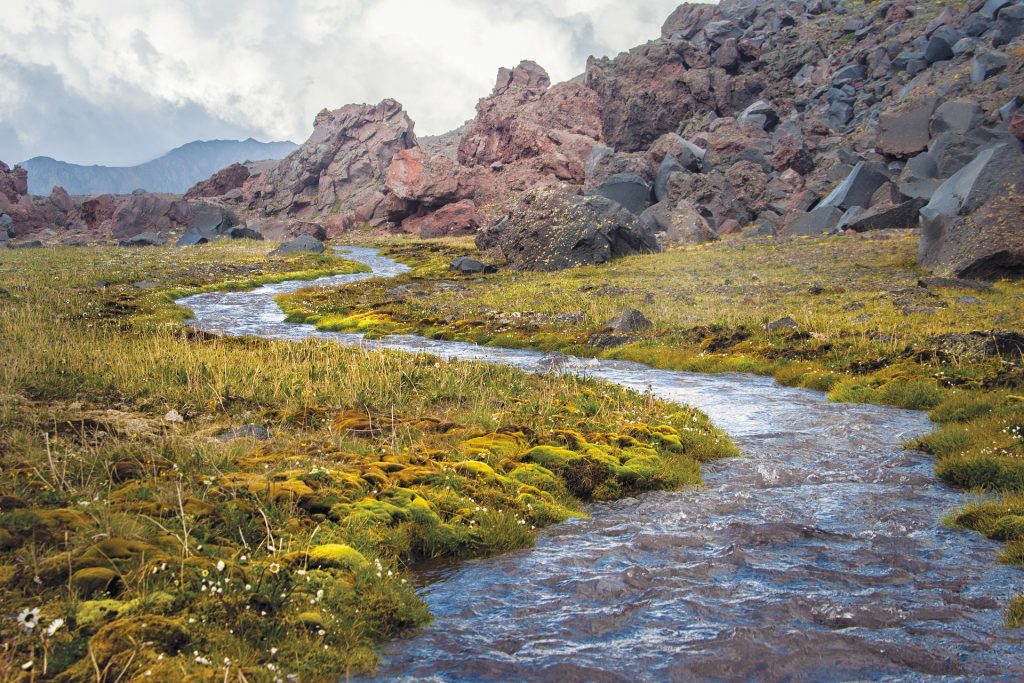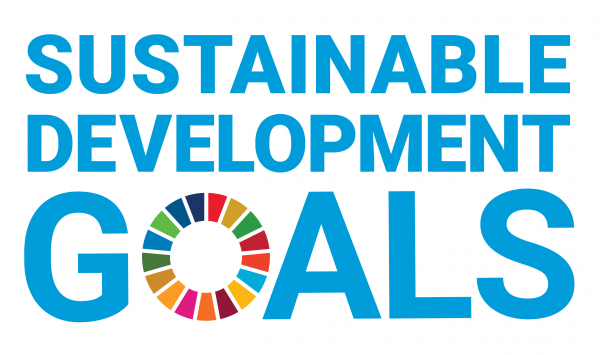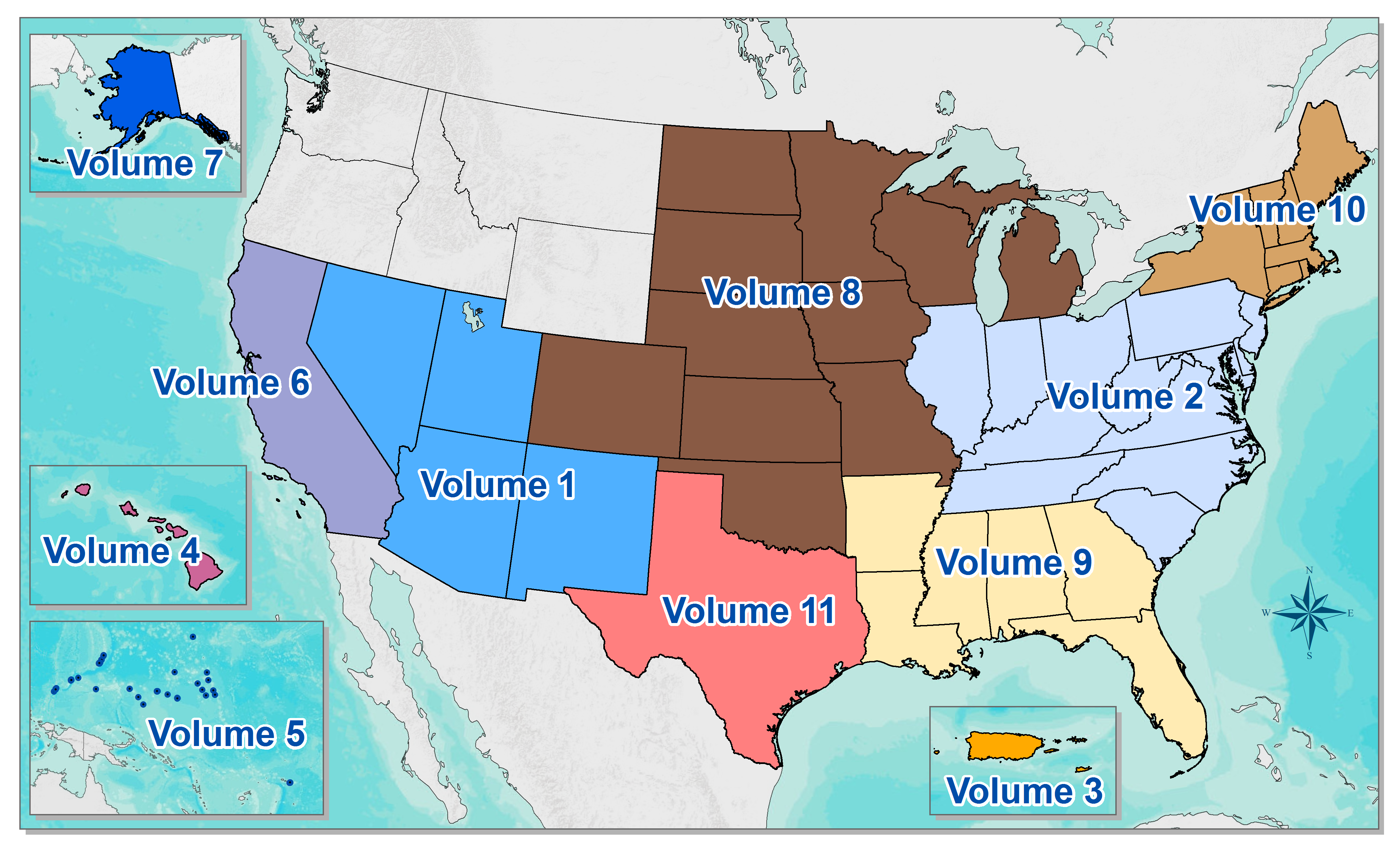Long-term environmental trends typically focus on outcomes — successful ecosystem restoration projects, stronger environmental legislation, and the rise of new and improved infrastructure practices. However, new research suggests understanding the long-term shifts in practitioners’ perspectives, priorities, and practices plays an equally important role.
A recent study published in Nature Communications Earth and Environment analyzes how the topics discussed among Australian stream management professionals have shifted during the last 25 years. It probes these long-term changes using a unique dataset: nearly 1,000 peer-reviewed papers presented during the biennial Australian Stream Management Conference (ASMC) since 1996.
Lead author and University of Melbourne Research Fellow Kathryn Russell acknowledges that papers presented at conferences do not typically have the same scientific impact as research papers published in journals. However, she describes that because conference papers are often written by practitioners and public officials in addition to academics, studying these peer-to-peer exchanges can provide richer insights into the innerworkings of an industry than studying papers published in research journals. Understanding how environmental industries set priorities and promote specific practices among themselves can be useful. These behaviors directly affect the types of projects and policies these professionals pursue, the study describes.
“While our analysis is local, our recommendations are global,” Russell said in a release. These insights can help as environmentalists in Australia and beyond work to meet ecosystem restoration goals set by the United Nations.
Analyzing the Who, What, and How
Researchers focused their analysis on three distinct aspects of how Australia’s stream restoration industry has developed. They looked at who shares information, what topics they deem worthy of discussion, and how those topics are contextualized. The researchers developed a structured review process to assess these factors for 958 ASMC papers.

Since 1996, the authorship teams behind ASMC papers have grown markedly in both volume and diversity, the researchers found. The study notes that longer author lists for each paper suggest a growing emphasis on collaboration and circumventing jurisdictional boundaries. More authors also typically mean including people from different types of institutions and disciplines. Notably, the analysis found that participation by consultants has increased dramatically while contributions from academics have declined. This signals a shift in the stream management sector toward practice rather than theory. Recent decades have also seen an increase in the number of female authors, constituting 18% of all authors in 1996 and 37% in 2021.
Likewise, the content discussed in ASMC papers has become increasingly diverse. Researchers identified and tracked 60 distinct topics within the realm of stream restoration discussed in conference proceedings and measured the change in prevalence over time. Since 1996, the topics that have increased in popularity most consistently include large-scale waterway management programs and managing water associated with mining activities, with such topics as urban stormwater management, managing rivers on indigenous lands, and macroinvertebrate management also experiencing a steady uptick in prevalence. Particularly in more recent years, an increasing number of papers have discussed such topics as citizen science, environmental DNA, and remote sensing.
Evidence suggests that much of the discourse conducted via ASMC proceedings responds directly to high-profile natural events that affect rivers and streams, such as droughts, floods, and bushfires. For example, Australia’s Millennium Drought from 1996 through 2009 generated a spike in discussion about policy options to counteract water scarcity and stream overallocation. In 2010, the topical distribution shifted quickly toward flood management when the La Niña system caused spates of severe flooding across Australia through 2012.
But perhaps most telling, the researchers describe, is what ASMC papers do not discuss. According to the study, most ASMC proceedings that detail specific projects and policies focus on successes, but very few report lessons learned from failures. For that reason, researchers claim that much of Australia’s environmental sector champions a reactive rather than proactive approach to stream management. Although adaptive management topics have been included within the ASMC program since 1996, several crucial subtopics to an effective adaptive management strategy, such as vision-setting and project prioritization, have not been substantially discussed.
Global Insights from Local Investigation
The United Nations Sustainable Development Goals (SDGs) specify several worldwide targets for freshwater ecosystem restoration by 2030. The researchers argue in the study that conferences and industry events can encourage progress toward these targets by prioritizing certain topics in the papers they accept. The study outlines several broad recommendations specifically tailored to the SDGs to help drive sustainable stream restoration regardless of region.

First, program-makers should strive to approve papers that represent efforts from a variety of different professional backgrounds as well as diverse demographics. This not only includes a mixture of practitioners, policymakers, and academics among authors, the researchers describe, but also papers describing projects that involve and affect indigenous and socially disadvantaged populations.
Researchers also call for a greater emphasis on green infrastructure and nature-based solutions in knowledge-sharing efforts. Authors acknowledge that these topics are growing in prominence elsewhere, such as in Western Europe and North America, but that they still generally lag in Australia.
Conference programs should promote guidance on how stream management programs can become more adaptive. This includes spotlighting failed programs as well as successful ones. It also may include information about monitoring systems and how to incorporate insights into these systems to improve broader waterway management programs.
Read the full study, “Evolution of a River Management Industry in Australia Reveals Meandering Pathway to 2030 UN Goals,” in Nature Communications Earth and Environment.
Top image courtesy of Pixabay

ABOUT THE AUTHOR
Justin Jacques is editor of Stormwater Report and a staff member of the Water Environment Federation (WEF). In addition to writing for WEF’s online publications, he also contributes to Water Environment & Technology magazine. Contact him at jjacques@wef.org.







